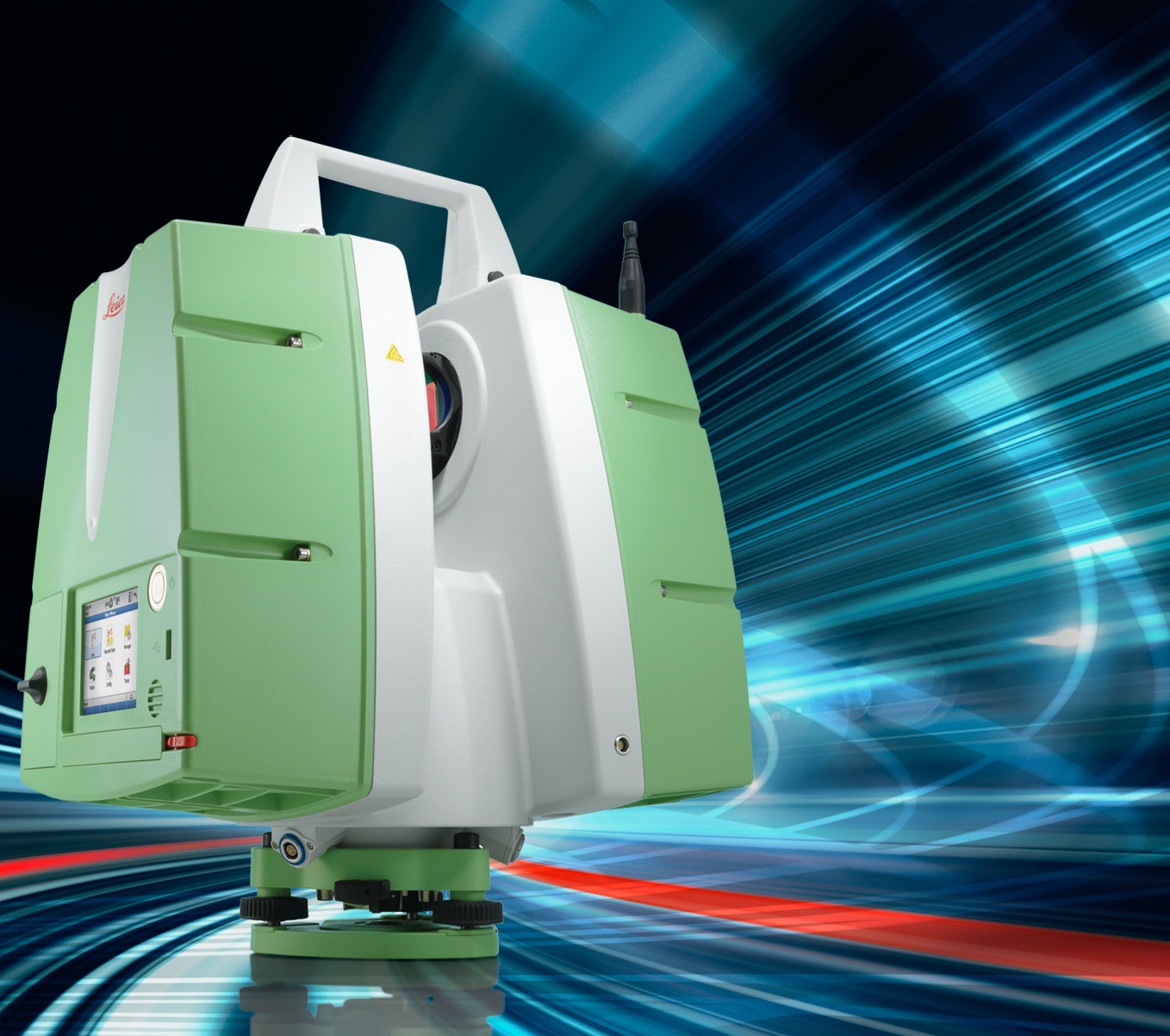A million points per second from a time-of-flight scanner? Yes, indeed.
HANOVER, Germany – It’s been more than three years since the introduction of Leica Geosystems’ last homegrown scanner, the ScanStation C10. Released in September 2009, it set the standard for time-of-flight 3D laser scanners, increasing speed of scanning over previous models by a factor of 10, up to 50,000 points per second.
Since then, however, phase-based scanners have taken speed of collection to new heights, with one million points per second becoming the standard. As it entered into an OEM agreement with Z+F, Leica, itself, helped drive that ultra-high-speed scanning market, releasing most recently in 2011 the million-point-per-second HDS 7000, what was essentially the Z+F Imager 5010, with a red casing.
Today at Intergeo, however, Leica announces it will no longer be in the phase-based scanner market. It is ending the Z+F OEM agreement and introducing the ScanStation P20, a time-of-flight scanner capable of collecting one million points per second out to a range of 120 meters with a Class 1 laser.
Yes. One million points per second in a time-of-flight scanner.
“A lot of people thought it was impossible to achieve a million points per scond with a time-of-flight scanner,” said Leica senior VP of strategic marketing Geoff Jacobs. “But Leica did it.
How? Some of it depends, Jacobs said, on waveform digitization technology, which allows the P20 to collect more points with less “noise” (generally thought of as the difference, say, in recorded distance between the scanner and points right next to each other on the same wall). Jacobs invited those here at Intergeo to attend the presentation of a paper by Thomas Wunderlich, of the Technical University of Munich. “What you’ll see,” said Jacobs, “is an almost unbelievably low noise data as you get away from the scanner. The testing is going to show that it’s sub-millimeter noise at 100-meter range. It’s really super clean data.”
Noise has been a challenge for phase-based scanners, along with what’s known as the “edge effect” and performance in ambient lighting, both of which tend to produce more rogue points with phase-based scanning than with time-of-flight scanning. Where the P20 might not be able to compete with a system like the Surphaser, though, would be in the ultra close-range, where the P20’s noise will increase, Jacobs said.
What about other accuracy measures? The P20, said Jacobs, has the highest angular accuracy of any of the Leica scanners, including the C10, and is spec’d at 8 seconds.
But the P20 isn’t just about speed and accuracy. Leica has added a couple of other features that will likely please users and potential users.
First, Leica has extended the temperatures in which the P20 will operate out to -20C through +50C (-4F through 122F), so users may have to get less creative with heating and cooling solutions. It’s also worth noting that the P20 will be in the same housing as the C10, but, unlike the C5, its internal engineering is fundamentally different from the C10.
Second, the P20, like many total stations on the market, will offer users the ability to check whether the scanner is meeting accuracy specifications, and, if not, they’ll be able to re-calibrate automatically and electronically.
That’s right. No more sending the unit back to the factory for normal recalibration.
Leica understands, Jacobs said, that “scanners are still young enough in their life that there’s not exactly a factory around every corner” and “from Leica’s standpoint, a customer without a scanner is a problem.”
What of those who still have an HDS 7000? Jacobs wants to assure current customers that Leica will continue to support and service anyone with a 4500, 6200, 7000, or older OEM phase-based scanner. But, going forward, Leica’s participation in the ultra-high-speed scanning market will be with the P20, which was designed by Leica and is manufactured by Leica.
The new unit should ship within a month’s time. Leica does still have a small inventory of 6200s and 7000s and will continue to sell those until they have no more.
Finally, how much will it cost? The price had not been set at the time of SPAR’s interview with Jacobs, and price will vary with a worldwide customer base, but Jacobs said the P20 will be “a premium value product, replacing the 7000, and I think it will be in that same general price category. I expect there will be some slight premium over a C10.”
How will this scanning speed, range and accuracy in combination affect the way users do business? “It’s going to bring the productivity benefits of ultra high speed scanning,” Jacobs said. “It’s going to extend the sites and projects where they can take advantage of what time-of-flight laser scanning offers.”






